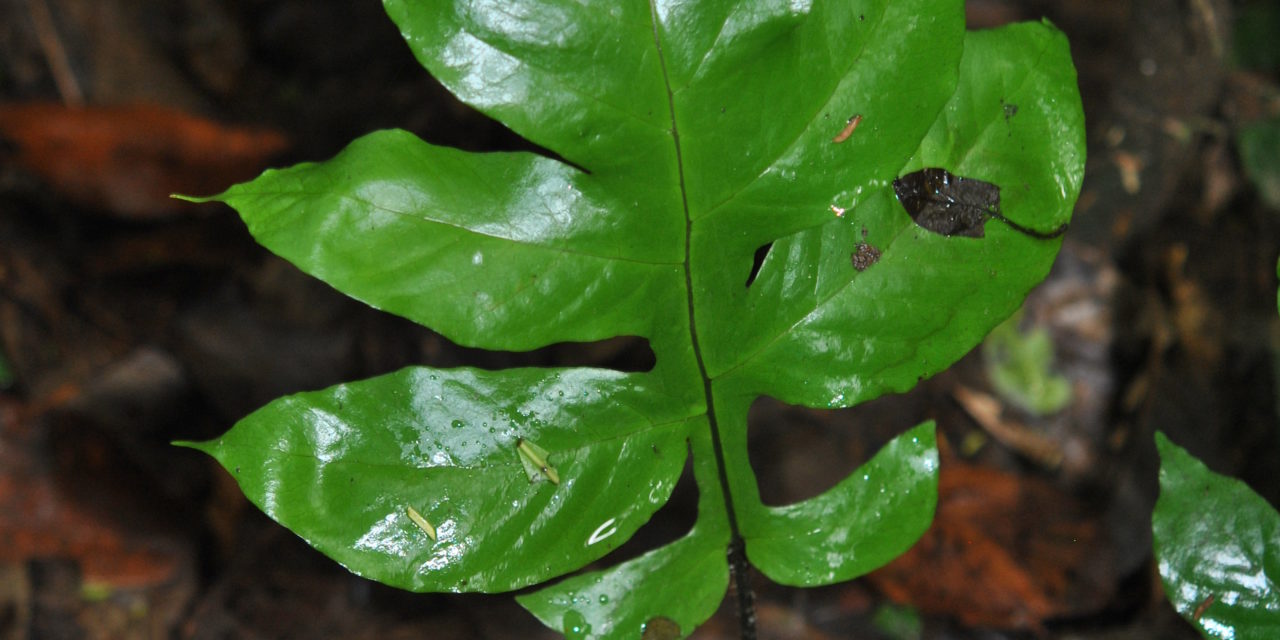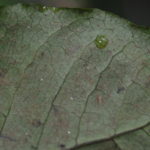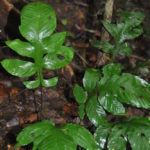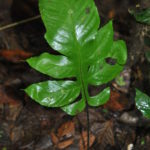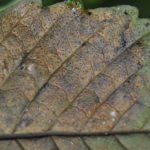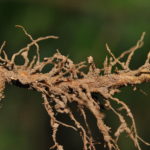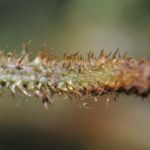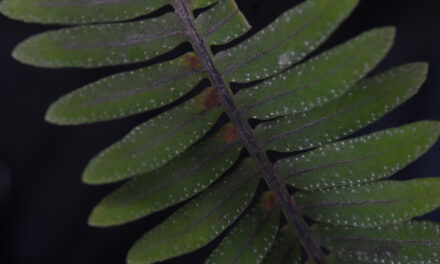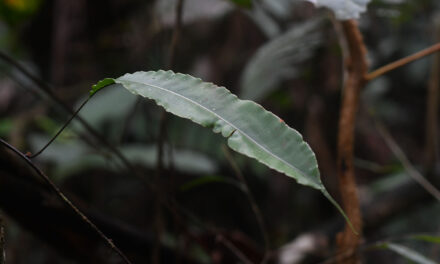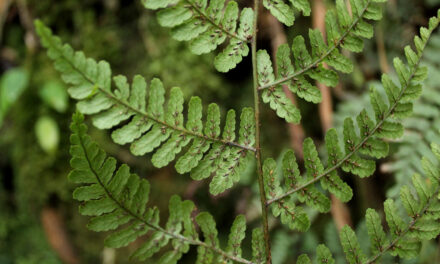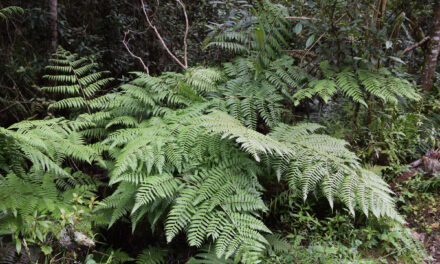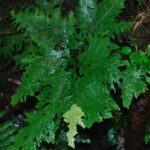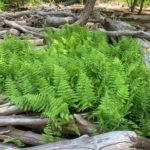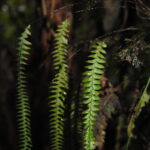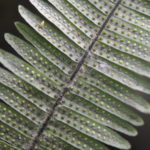Hypoderris has been recently revised and now comprises three species. These are sister to to Triplophyllum and the two genera together are sister to Tectaria. Previously, Hypoderris nicotianifolia had long resided under Tectaria. The transfer of it into Hypoderris was made by Moran et al. following results of their recent phylogenetic study clarifying relationships in these groups. They point out that creeping rhizomes are shared by Hypoderris and Triplophyllum, whereas all Tectaria have erect rhizomes. Spiny perispores that lack broad folds and simple juvenile leaves with cordate bases further diagnose Hypoderris. In H. brownii, the type species, the indusium is attached below the sporangia, giving rise to the name of the genus. But in the other species the indusium is attached at the side similar to most Tectariaceae. For further details, see
Moran, R. C., Labiak, P. H., Hanks, J. G., & Prado, J. (2014). The Phylogenetic Relationships of Tectaria brauniana and Tectaria nicotianifolia, and the Recognition of Hypoderris (Tectariaceae). Systematic Botany, 39(2), 384-395.
Collection Data (M. Sundue 3430)
Classification & Common Names
- Class: Polypodiopsida
- Family: Tectariaceae
- Genus: Hypoderris R. Br. ex Hook.
- Species: Hypoderris nicotianifolia (Baker) R.C. Moran Labiak & J. Prado
- Var./Subsp.:
- Common name(s):
General Collection Data
- Date: 18 Jan. 2013
- Primary Collector & #: M. Sundue 3430
- Collection Party: M. Sundue along with the OTS tropical ferns and lycophytes course
- Det. History: M. Sundue
- Habitat: Primary Forest
- Habit: Terrestrial
- Specimen Locations: VT
Additional Comments
Terrestrial, rhizome long-creeping.
Collection Location
- Location: La Selva Biological Field Station – – – Heredia – Costa Rica.
- Coordinates: 10.4220° N, 84.0150° W
- Elevation: 100 m

